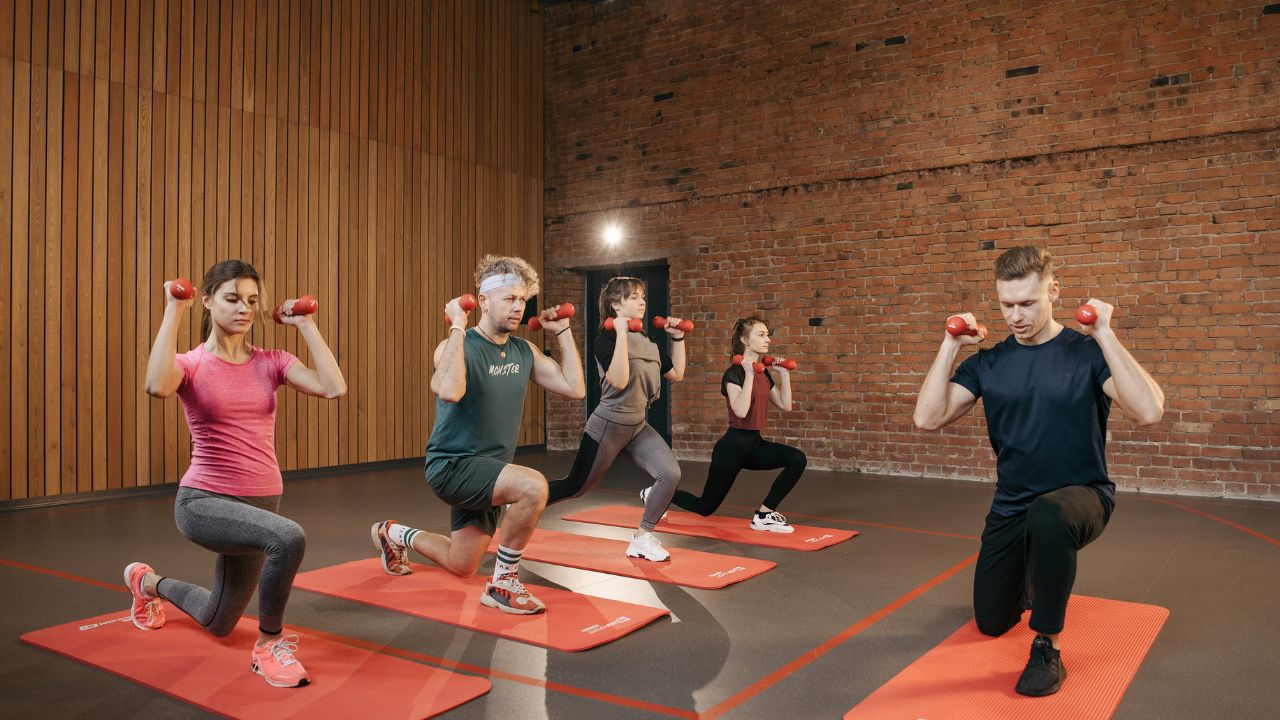
Understanding Mobility Training
Mobility training is an essential component of any well-rounded fitness routine. It involves exercises and stretches that aim to improve the range of motion in your joints and enhance overall flexibility. Incorporating mobility work into your regular exercise regimen can help prevent injuries, reduce muscle soreness, and improve overall performance in physical activities.
Factors Influencing Mobility Session Length
When determining the optimal time for a mobility session, several factors come into play:
1. Fitness level: Beginners may require shorter sessions to avoid overexertion, while more advanced individuals can handle longer durations.
2. Age: As we age, our bodies may require more time to warm up and cool down, thus extending the length of a mobility session.
3. Specific goals: If targeting a particular area or working on a specific issue, the session length may vary accordingly.
4. Time constraints: Busy schedules can limit the time available for mobility work, necessitating shorter but still effective sessions.
Recommended Mobility Session Duration
For most individuals, a typical mobility session should last between 10 to 30 minutes. This mobility duration allows enough time to adequately address all major muscle groups and joint complexes without causing undue fatigue or boredom.
If pressed for time, even a quick 5-10 minute session length can provide benefits, particularly when performed consistently. However, for optimal results, aim to dedicate at least 15-20 minutes to your mobility routine whenever possible.
Frequency and Timing of Mobility Sessions
Ideally, mobility work should be performed daily or at least several times per week. Consistency is key to maintaining and improving flexibility over time.
Many people find it beneficial to perform mobility exercises as part of their warm-up before a workout or as a cool-down afterward. Others prefer to dedicate separate sessions solely to mobility training, either in the morning to start the day or in the evening to unwind.
Listening to Your Body
Ultimately, the optimal time for a mobility session will vary from person to person. It's crucial to listen to your body and adjust the exercise period and stretching interval accordingly.
If you find yourself feeling overly fatigued or experiencing discomfort during a session, consider reducing the duration or intensity. Conversely, if you feel you could benefit from more extensive mobility work, gradually increase the length of your sessions over time.
Crafting an Effective Mobility Routine
To create an effective mobility routine, focus on exercises that target all major joint complexes, including the ankles, hips, thoracic spine, shoulders, and wrists. Incorporate a mix of dynamic stretches, which involve moving through a range of motion, and static holds, where you maintain a position for a set period.
Examples of beneficial mobility exercises include:
- Cat-cow stretches for spinal mobility
- Leg swings for hip mobility
- Arm circles for shoulder mobility
- Ankle rolls for ankle mobility
- Thread-the-needle stretches for thoracic spine mobility
As you become more comfortable with these exercises, you can explore more advanced variations and techniques to further challenge your body and enhance your mobility.
The Bottom Line
A typical mobility session should last between 10 to 30 minutes, depending on individual factors such as fitness level, age, specific goals, and available time. Consistency is more important than session length, so aim to incorporate mobility work into your routine on a regular basis.
By dedicating time to improving your mobility, you'll not only reduce your risk of injury but also enhance your overall quality of life. So, make mobility training a priority, listen to your body, and enjoy the many benefits that come with a more flexible, resilient physique.
 Mobility trainingHome Fitness RecoverySports Injury PreventionPersonal Physical TherapyOrthopedic SolutionsPrivacy PolicyTerms And Conditions
Mobility trainingHome Fitness RecoverySports Injury PreventionPersonal Physical TherapyOrthopedic SolutionsPrivacy PolicyTerms And Conditions
